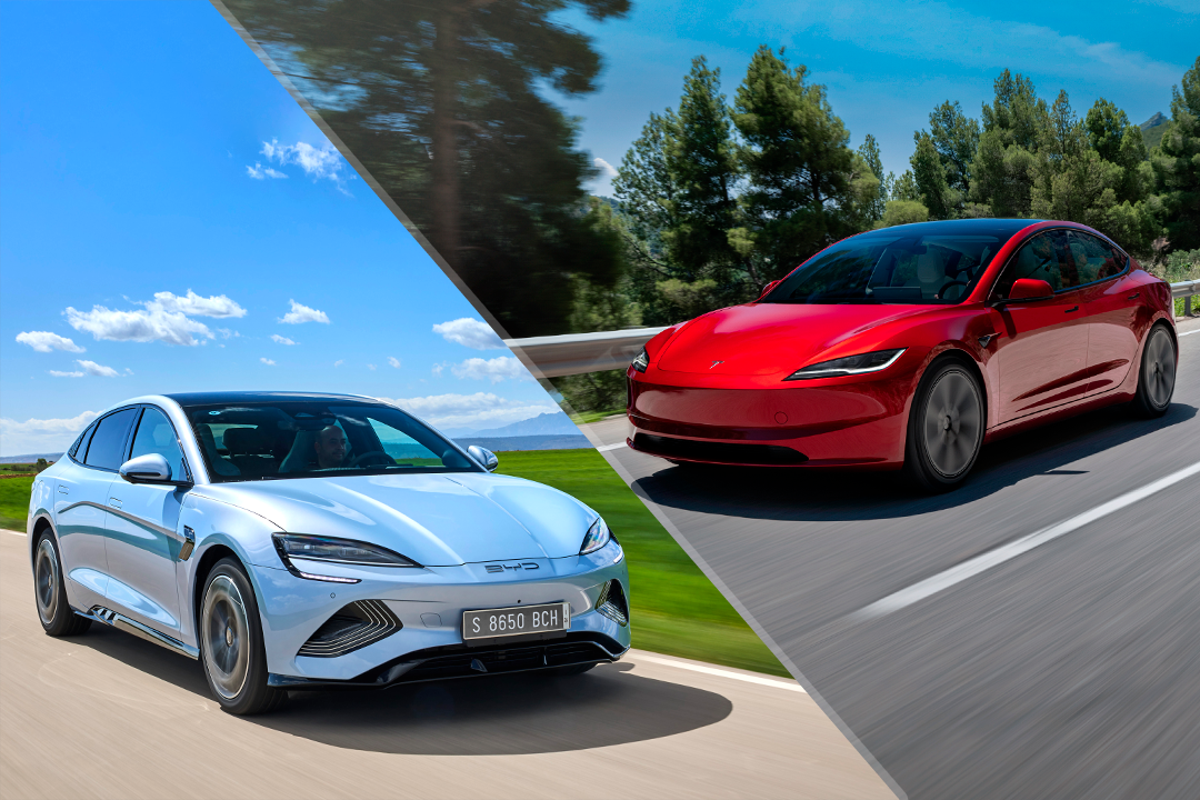The Starbucks Effect in Reverse: What Store Closures Reveal About Housing and Community Stability

Summary
The wave of Starbucks store closures across U.S. cities is reshaping not just morning routines but neighborhood psychology itself. Once a marker of rising property values and revitalized streets, Starbucks’ retreat now sparks fears of community decline and economic fragility. As residents lament the loss of their local café, they’re really mourning a deeper shift—the unraveling of a familiar urban narrative where growth was measured by the green siren’s glow. In the “Starbucks Effect” reversed, America’s coffee map may be telling a new story about housing, belonging, and the fragile balance between commerce and community.
The Starbucks Effect in Reverse: What Store Closures Reveal About Housing and Community Stability
Social Listening Overview (Sept 1–Oct 6)
- Total Mentions: 13K
- Unique Authors: 4K
- Conversation Growth: +7% week over week
1. A Shift in Sentiment
Over the past month, online conversations around Starbucks have surged—yet not for the reasons one might expect. With nearly 13,000 mentions and a 7% week-over-week increase, much of the chatter revolves around store closures across U.S. cities.
The tone? Overwhelmingly negative. Themes of loss, frustration, disbelief, and nostalgia dominate. Consumers aren’t merely upset about losing a coffee shop; they’re reacting to what they perceive as a sign of neighborhood decline.
2. Local Voices, Local Fears
In Seattle, users describe the potential closure of the original Pike Place store as “unthinkable for the city’s identity.”
In New Jersey and Washington, D.C., conversations tie closures to fears of community decline and vanishing affordability.
In Boston, the focus shifts toward economic stressors—rising rent, high taxes, and union friction—reflecting a broader anxiety about urban sustainability.
Simple posts like “Why’d they close the Starbucks on my block?” capture the personal sting of what feels like a cultural loss.
Others note service strain at remaining locations—longer lines, overwhelmed baristas—and even mention switching to at-home brewing. A few voices attribute the closures to political or managerial decisions, while others adopt a data-driven lens:
“Starbucks doesn’t ‘guess’ where to open new stores. They use AI to analyze traffic, income, and even weather patterns. That’s why your local café shuts down, and Starbucks thrives. Data scales. Guesswork doesn’t.”
3. The Media Narrative
Mainstream coverage from The Wall Street Journal, Newsweek, and The Boston Globe frames the closures under Starbucks’ “Project Bloom,” a restructuring plan involving 900 job cuts.
- WSJ reports on the rapid, tightly executed rollout.
- Newsweek connects the closures to hybrid work trends and reduced foot traffic in dense urban centers.
- Local outlets focus on the community-level fallout—job losses, slower downtown recovery, and hollowed-out storefronts.
Media tone remains strategic and financial, while public sentiment remains emotional and community-driven.
4. The “Starbucks Effect” in Reverse
For years, real estate experts spoke of the Starbucks Effect—the idea that a new Starbucks signaled rising property values, urban revitalization, and incoming affluence. The presence of the brand, like Whole Foods, once marked a thriving neighborhood.
Now, that equation may be flipping.
When Starbucks leaves, residents often interpret it as a sign of instability or decline. Homeowners worry about reduced foot traffic, lower perceived safety, and waning investor confidence. Renters fear that vacant storefronts signal a shrinking local economy.
In essence, Starbucks has become a barometer of neighborhood health—and its exit may have a psychological (and eventually financial) ripple effect on the housing market.
5. Housing Market Implications
While data on the direct link between coffee chains and real estate prices remains limited, the perception shift is powerful. Historically, proximity to a Starbucks correlated with 2–5% higher property values in surrounding areas. A reversal of that dynamic could:
- Cool buyer interest in neighborhoods losing their Starbucks or Whole Foods anchors.
- Lower walkability appeal scores, often factored into real estate pricing algorithms.
- Affect small business ecosystems, as declining foot traffic hits nearby retailers.
- Dampen investor confidence in “up-and-coming” areas suddenly seen as volatile.
If the Starbucks Effect once symbolized gentrification and growth, its retreat could now symbolize retrenchment—a recalibration of urban living priorities amid hybrid work, high rents, and changing consumer habits.
RILA’s Takeaway
This trend isn’t just about coffee. It’s about how people interpret economic change through culture. Starbucks’ closures mark a new phase of urban storytelling — one where data, emotion, and economics intersect.
RILA Global Consulting helps brands decode these intersections — understanding what people say, why they say it, and how it predicts market behavior.
If you’d like to uncover what your audience is really saying — before it impacts your market — reach out to RILA Global Consulting to learn how social listening intelligence can power your next strategic decision.
Read More

Why Food & Beverage Brands Can’t Ignore TikTok Recipes
The food and beverage industry is no longer shaped solely by glossy ads or in-store promotions — today, viral content and online conversations, especially on platforms like TikTok, drive consumer choices before they ever step into a store or restaurant. Brands that harness social listening and combine it with traditional market research can detect emerging trends, anticipate shifting tastes, and transform fleeting viral moments into lasting growth. At RILA Global Consulting, we turn digital chatter into actionable intelligence, helping companies stay ahead of the curve, innovate products, and craft culturally relevant campaigns that build loyalty and boost sales. In a world where trends can explode overnight, the ability to listen, interpret, and act is the ultimate competitive advantage.
October 3, 2025
READ MORE

How Airlines Can Detect Service Issues Before They Escalate Online
In today’s hyper-digital world, the battle for airline loyalty is no longer fought in loyalty programs or post-flight surveys—it unfolds in real time across TikTok feeds, Twitter threads, and Reddit forums. A single complaint can snowball into a viral crisis, yet the same digital conversations hold the key to preventing service failures and building trust. By merging social listening with market research, airlines can shift from reactive crisis control to proactive service strategy, transforming fleeting frustrations into lasting loyalty. The question is no longer if airlines should listen—it’s whether they can afford not
October 3, 2025
READ MORE

Consumer Insights on Smart Homes and Energy Efficiency
The energy and utilities sector is no longer about static bills and passive consumers—it’s about dynamic, digital-first relationships shaped by real-time conversations. From Reddit threads about thermostats to viral reviews of solar devices, consumers are rewriting the rules of engagement, demanding smarter, greener, and more personalized solutions. Companies that rely only on traditional surveys risk being left behind, while those embracing always-on social listening and market research gain the ability to anticipate needs, spark innovation, and lead the transition toward sustainable living. The question is: will brands continue to react to yesterday’s data, or will they start shaping tomorrow’s energy future today?
October 3, 2025
READ MORE

From Dealerships to TikTok: How Online Conversations Drive Auto Sales
The automotive industry is no longer ruled by showroom floors and brochures; it now thrives in the digital chatter of social media. Platforms like TikTok, Instagram, and Reddit have become the modern dealerships, where viral videos, candid reviews, and peer discussions shape the decisions of an increasingly informed consumer. Brands that harness these online conversations through social listening, analytics, and targeted engagement gain a strategic edge, transforming digital influence into tangible showroom visits and sales. RILA Global Consulting shows that understanding not just what consumers say—but how, where, and when they say it—can redefine the entire car buying journey, turning fleeting social trends into measurable business growth.
September 29, 2025
READ MORE

The Rise of EVs: What Market Research Tells Us About Consumer Adoption Barriers
Electric vehicles are accelerating toward the mainstream, yet adoption is still slowed by tangible and perceived barriers—from charging infrastructure and cost concerns to battery life anxieties and lack of consumer education. While interest is high, hesitations persist, revealing a critical gap between curiosity and purchase. By leveraging social listening and market research, RILA Global Consulting uncovers the nuanced “why” behind consumer reluctance, enabling automakers and dealerships to address fears, correct misinformation, and tailor strategies that turn hesitation into confidence. The future of mobility isn’t just electric—it’s informed, responsive, and insight-driven.
September 29, 2025
READ MORE

Top 10 Automotive Trends Shaping Consumer Decisions Right Now
The automotive industry is undergoing a seismic shift. Consumer expectations are redefining every step of the buying journey—from online research and social media influence to technology, sustainability, and post-sale experiences. As electric and hybrid vehicles accelerate, digital-first shopping dominates, and buyers demand transparency and connected features, brands must adapt quickly or risk falling behind. RILA Global Consulting deciphers these evolving conversations through social listening and market research, helping automakers and dealerships translate complex consumer sentiment into actionable strategies that drive growth, loyalty, and innovation in a rapidly changing automotive landscape.
September 29, 2025
READ MORE

How Social Data Helps Auto Brands Benchmark Against Competitors
In today’s hyper-competitive automotive market, knowing how your brand is perceived by consumers is no longer optional—it’s essential. Traditional sales metrics provide only a partial view, whereas social data reveals real-time consumer sentiment, emerging trends, and competitor vulnerabilities. By harnessing social listening, share of voice tracking, and product perception analysis, auto brands can anticipate market shifts, fine-tune campaigns, and even uncover untapped opportunities. At RILA Global Consulting, a WBENC-certified women-owned firm, this intelligence is transformed into actionable strategies that help automakers not just keep pace, but lead with insight-driven innovation, all while advancing supplier diversity and fresh perspectives in an industry often dominated by tradition.
September 29, 2025
READ MORE

Luxury vs. Economy: What Market Research Uncovers About Automotive Brand Perception
In today’s automotive market, the line between luxury and economy is increasingly fluid, shaped as much by perception as by price or performance. From luxury buyers drawn to exclusivity to economy consumers prioritizing value, and even EVs redefining traditional categories, perception dictates loyalty, purchasing behavior, and brand relevance. By decoding these real-time conversations, RILA empowers automakers to navigate shifting expectations, bridge market segments, and transform perception into measurable performance.
September 29, 2025
READ MORE

How Automakers Use Social Listening to Design the Cars of Tomorrow
The automotive industry is increasingly leveraging social listening to transform consumer conversations into actionable design insights. By analyzing real-time feedback from social media, forums, and dealership reviews, automakers can identify emerging trends, unmet needs, and feature preferences across every stage of vehicle development—from concept and prototype to launch. Key areas influenced by these insights include in-car technology, EV battery performance, safety systems, interior comfort, and sustainable materials.
September 29, 2025
READ MORE